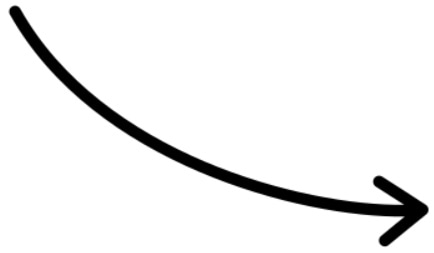The weight loss industry is well known for promoting endless weight loss products and systems that promise easy or rapid weight loss. From fad diets to expensive exercise equipment, there are numerous ways that people attempt to lose excess body weight. In the last few decades, though, various new medications and dietary supplements have become available that offer even more options. One recent innovation that similarly claims to be effective at losing weight is weight loss patches. But do they really work?
When you hear someone talking about a weight loss patch, they’re actually referring to a method of medication delivery known as a transdermal patch. A transdermal patch is a medicated patch that attaches to the skin via adhesive, like a sticker. Medication on the underside of the patch is delivered to the bloodstream by slowly being absorbed through the skin. In general, the primary benefit of a transdermal patch is the controlled release of medication over time, which can sometimes be preferable to punctuated doses.
One of the major disadvantages of a transdermal patch, however, is that some medications are composed of molecules that are simply too big to be absorbed through the skin. This unfortunately limits the type of applications the medical technology can be used for. One of the best known examples of a transdermal patch is a nicotine patch; these deliver small amounts of nicotine in an effort to help people quit smoking. Other patches can be used for treatment in a variety of scenarios, including menopause, motion sickness, Alzheimer’s disease, and high blood pressure.
Like other types of transdermal patches, weight loss patches (or slimming patches) are medicated adhesive patches that attach to the skin. They are now widely available for sale online on sites like Amazon. The manufacturers of these patches recommend locating it on an area of body fat that is being targeted, such as the thighs, hips, or belly. The patches work, allegedly, by delivering any active ingredients directly to the area where fat burning is desired. Though there is plenty of evidence that the technology itself is effective at delivering some medications, the actual type of substance being delivered is the most important feature.
The active ingredients in a weight loss patch are selected to theoretically boost metabolism and promote the breakdown of carbs. There are a variety of different patches available, and they all offer a combination of herbal and natural ingredients that are believed to assist with losing weight. Below are some of the most popular substances that can be found in weight loss patches:
The bottom line is that the claims associated with weight loss patches should be treated with skepticism. Because transdermal patches themselves are not regulated by the Food and Drug Administration (FDA), there hasn’t been much research into their effectiveness in delivering weight loss supplements. Additionally, the claimed benefits of the individual ingredients most commonly found in these patches are mostly not backed by current research. Based on the scientific data available, weight loss patches likely have little to no effect on one’s ability to lose weight.
The truth is that weight loss patches aren’t an effective weight management treatment for overweight or obesity. But if you’re like many other people who try to lose weight, you’ve tried many methods without much lasting success. Weight gain and weight loss are complex processes that involve many different biological, chemical, and lifestyle factors. This is why low calorie diets and intense exercise regimens are difficult to maintain over the long haul. You may even lose a significant amount of weight at first, but for a lot of people the weight gets added back on or even increases.
At True You Weight Loss, we offer alternative weight loss solutions that are designed to help you lose weight and keep it off. With our guidance, these medications can assist you in your weight loss goals along with changes to diet and exercise levels. If you would like to learn more about what True You can offer, please contact us today to request a consultation.

Dr. Christopher McGowan, MD, a leader in endobariatrics, specializes in non-surgical obesity treatments and is triple-board-certified in Internal Medicine, Gastroenterology, and Obesity Medicine. Renowned for pioneering endoscopic sleeve gastroplasty (ESG) with over 2,000 procedures, his global influence and research contributions define him as a top expert.



